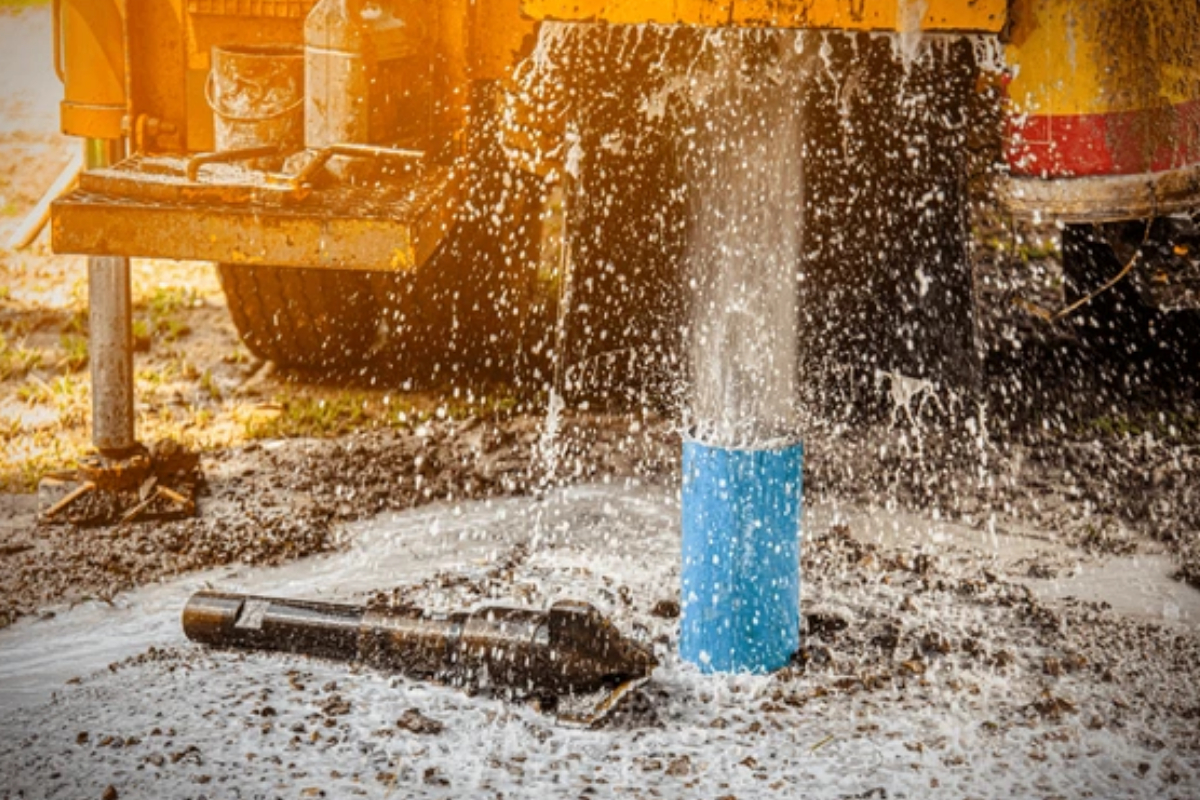Karachi, Pakistan’s largest city with a population exceeding 20 million, is grappling with a worsening water crisis. The city’s water supply of around 550 million gallons per day (MGD) is far below the demand of over 1200 MGD.
This deficit is caused by mismanaged sewage systems, poor urban planning, overcrowding, insufficient funding, corruption, and overall mismanagement. Rapid population growth and climate change are further amplify the situation.
Increasing Dependence on Groundwater Boring
In response to the acute water shortage, many Karachi residents are turning to groundwater extraction, commonly known as water boring. This process involves drilling into the earth to access water stored in underground aquifers. However, the cost of water boring varies based on the depth and diameter of the borehole.
Current Water Boring Rates in Karachi
Water boring rates in Karachi are as follows for an 8-inch diameter bore:
First 600 feet: Rs. 600 per foot
600 to 800 feet: Rs. 800 per foot
800 to 1,000 feet: Rs. 1,000 per foot
The costs increase if the bore diameter is expanded to 12 inches or 15 inches.
Looking Ahead
As the water crisis continues, the demand for groundwater boring is likely to increase. Although groundwater extraction provides a temporary fix, it is crucial to tackle the root causes of the water crisis for sustainable management. Residents should be informed about the costs of water boring to make well-informed decisions.
Efforts should concentrate on enhancing urban planning, efficiently managing sewage systems, securing necessary funding, and combating corruption to achieve a long-term solution to Karachi’s water crisis.



















